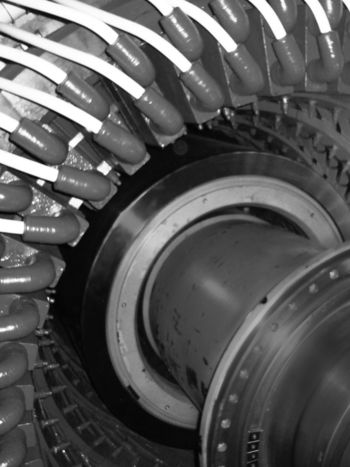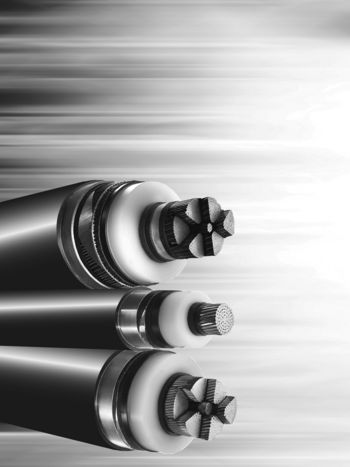Guidelines for SF6 end-of-life treatment of T&D equipment (>1 kV) in substations
Electrical equipment using SF6 as insulating and/or arc quenching gas is widely used globally since the second half of last century. Due to its superior technical performance, SF6 technology has been implement-ed in applications for medium voltage (MV, ≤52 kV) in distribution network, high voltage (HV, >52 kV) in bulk power generation and transmission, and all the way up to ultra-high voltage (1200 kV).
Members
Convenor (DE)
M. HYRENBACH
Secretary (UK)
T. LUJIA CHEN
A. GREEN (UK), A. LASO RUBIO (US), F. TRICHON (FR), F. ZENG (CN), G. KACHELRIESS (DE), J. STAGE (US), J. RAPP (UK), J. MANUEL INCHAUSTI SANCHO (ES), N. OTAKA (JP), P. FERNANDEZ (BR), R. KURTE (DE), S. LABERGE (CA), S. FLOOD (IE), T. DÜRR (DE), T. SCHWARZE (DE), T. UCHII (JP), U. AMMER (DE), Z. SMITH (US)
Even considering the very long lifetime of 40 to 50 years for electrical equipment, it is inevitable that equipment will reach their end-of-life (EoL). Alternatively, the gas quality indicates that heavily aged SF6 must be replaced to extend the equipment lifetime. An unexpected discovery when the SF6 technology had been implemented in the market was the extremely high global warming potential (GWP) that is 25,200 times the CO2 equivalent. Therefore, emission of the SF6 gas must be minimised and special precautions are necessary at the EoL management of SF6 containing electrical equipment, in terms of the final disposal procedures and/or recycling of SF6 and parts of such equipment.
Transmission System Operators (TSO) and Distribution System Operators (DSO) are electricity utilities with their own service departments and established experience in the handling of SF6 equipment and SF6 gas. This is not the case across the entire power industry as there are many smaller companies with perhaps only a few SF6 installations, far fewer handling experience and service personnel. For these companies, an environmentally sound EoL treatment guide is of great benefits. For distribution equipment, the quantity of SF6 per asset is relatively low for equipment at lower voltage levels due to their compact design. However, the number of units installed is extremely high, so the overall quantity of SF6 used in MV and HV is more or less the same. Therefore, it is imperative to develop guidelines that inform end-users the appropriate steps for all SF6 assets across different voltage levels to ensure minimal SF6 emissions.
This guide summarises the well-known practices and inform the EoL procedure of handling electrical equipment containing SF6 and the SF6 itself. Every step of the process is explained in detail, from the preparation until recycling or final disposal. The target is to limit the SF6 emissions in every step of the processes dealing with the disposal of equipment parts and/or the recycling of SF6 used in all equipment reaching their EoL to the absolute bare minimum that is technically achievable. Importantly, safety must be guaranteed in every single step.
Checklists at the end of the brochure will support streamlined preparation of the work and in selecting appropriate partners to perform the work in the most professional and cost-effective manner. It needs to be highlighted that avoiding emissions of SF6 is stipulated in various regulations and local laws, and therefore this guide helps to comply with these rules and regulations to prevent sanctions or penalties for owners or operators of electrical equipment, and crucially avoid undesired impacts to the environment.
The brochure starts with some definitions on electrical equipment types and common technical expressions used throughout the Technical Brochure. Large HV switchgear are well known as products containing SF6 in high quantity, but also smaller equipment such as ring main units or even...




